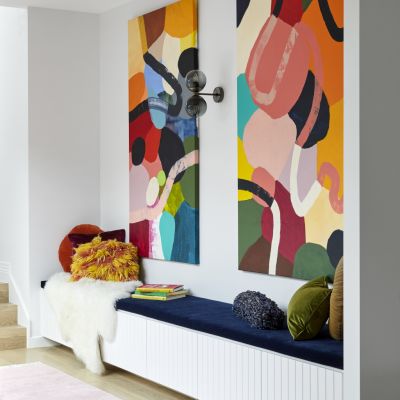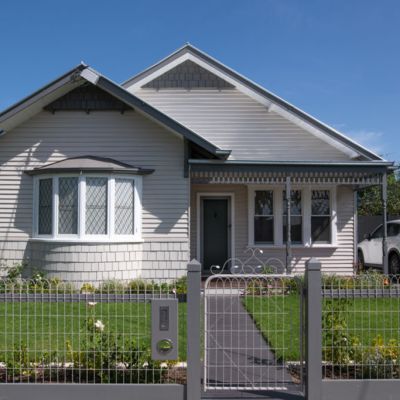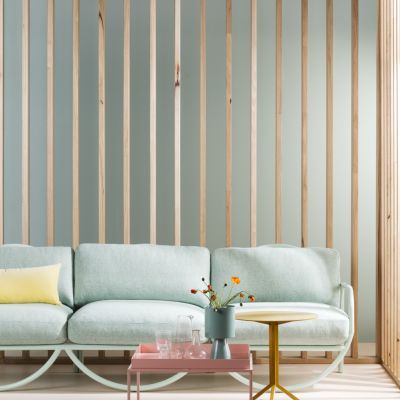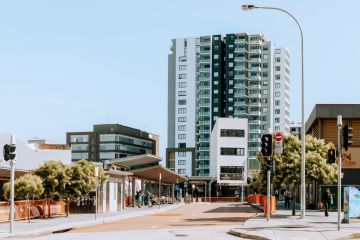Darren Palmer: Top tips on where to get inspiration for your sense of style
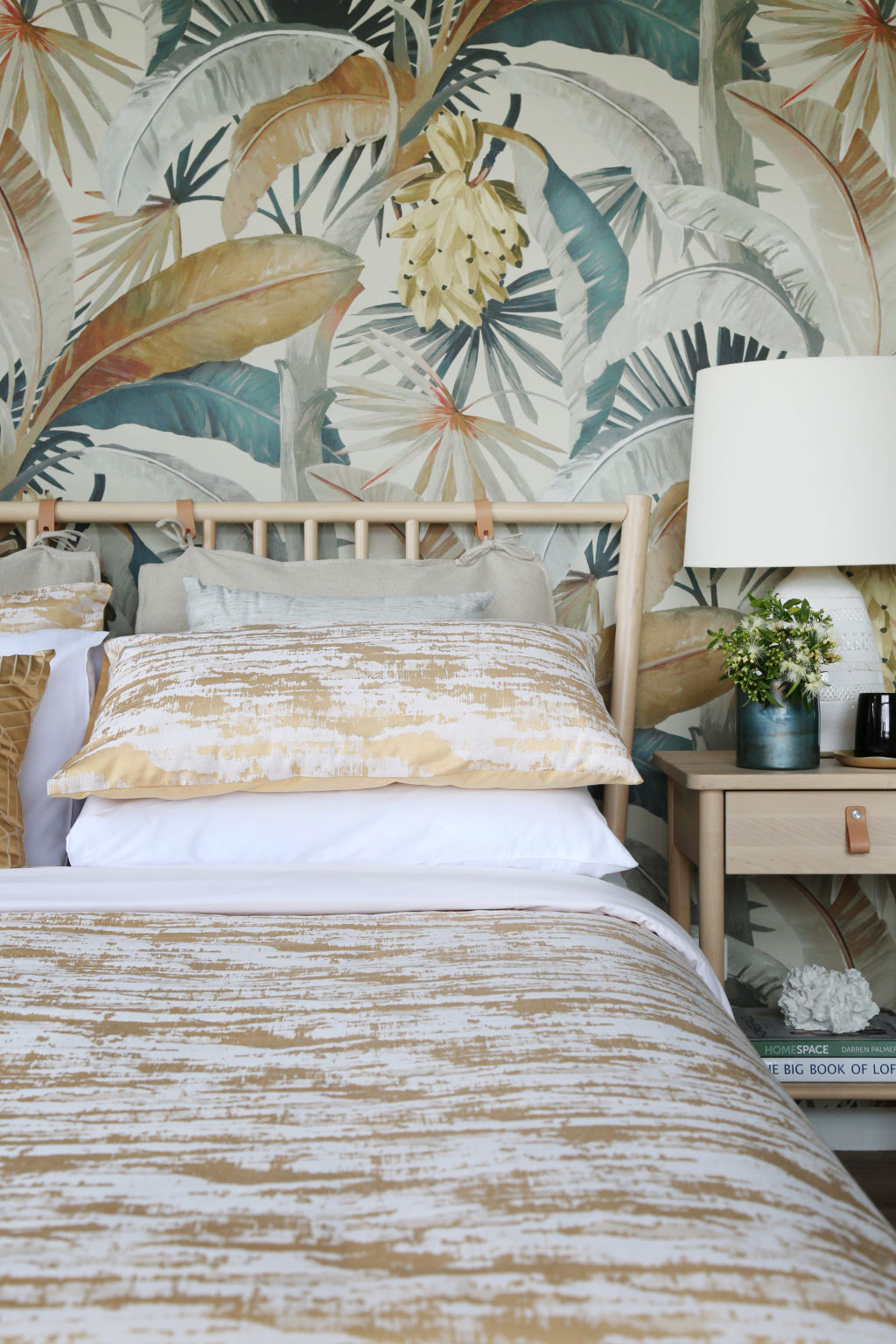
I’m a firm believer in creating homes that are appropriate. This applies to use, budget, the building and its heritage but also, and importantly, geographical location. That means creating homes that suit their environment.
There’s nothing quite as misguided in interiors as forcing a style onto a home that it clearly doesn’t suit. Imagine a country-style inner-city penthouse or a beach-inspired house in the desert.
Unless it’s created with ironic intent and with a very studied and considered eye, you should avoid this mismatch of locale and style.
Getting it right, by honouring the location of the property, doesn’t mean you have only one lane within which to operate.
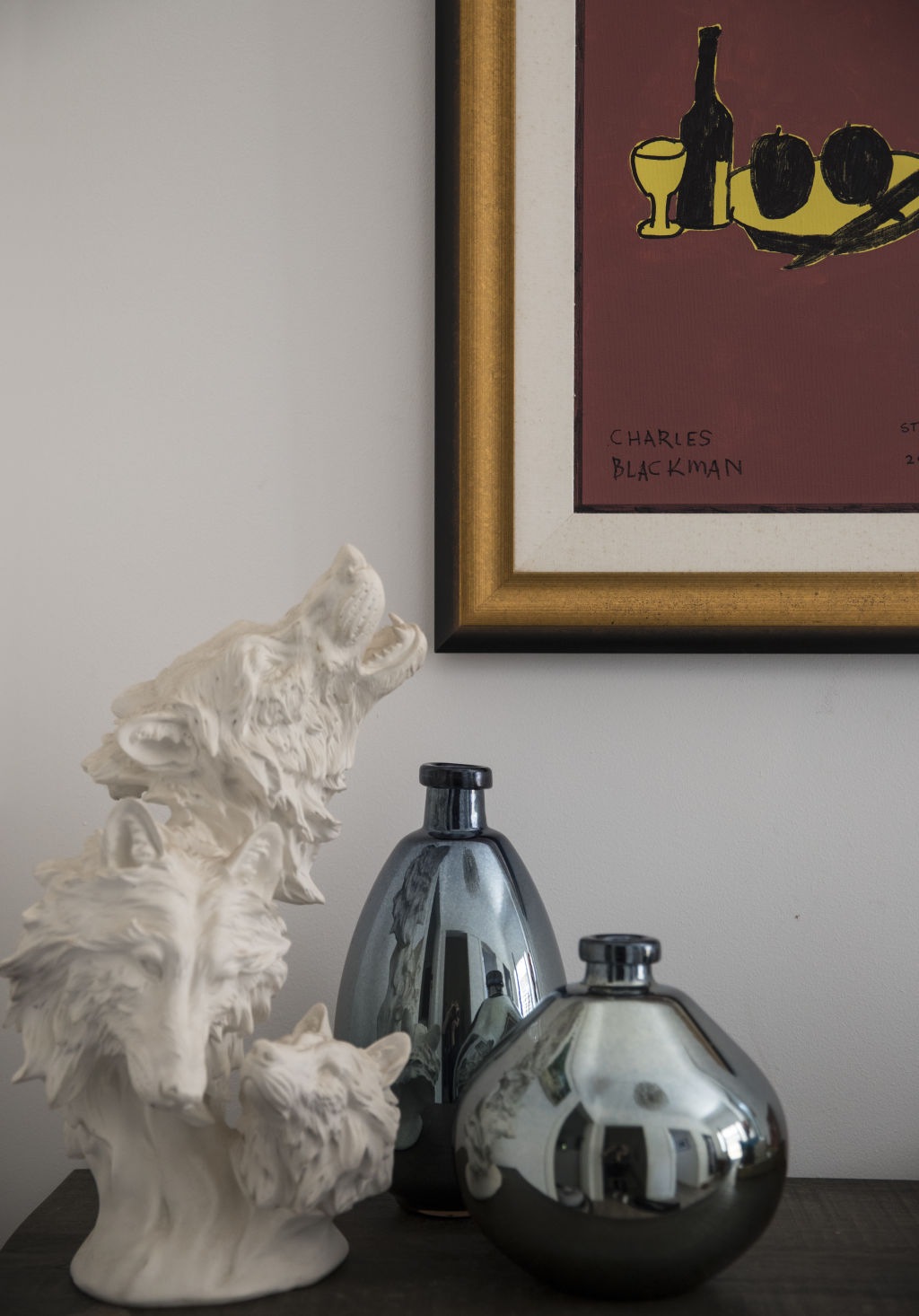
However, it does mean understanding the language of the area outside, from geographic elements to colours, materials, outlooks, lighting and topography. Starting with colours, you’ll notice that light will reflect differently onto surfaces inside a home depending on what it’s first filtered through or reflected off.
Understanding the colour wheel and how light adds or subtracts to other colours in the opposite way to pigments will help you to make informed decisions regarding your interior colour palette.
For example, a red desert will create a red-toned light and you can choose to either work with it, creating a warm-hued palette – which is totally in vogue – or downplay the redness, by introducing colours which sit opposite one another on the colour wheel.
A rainforest will cast green light, a beach or waterfront property will be bathed in blue light and an urban location will likely impart a darker or slightly greyed light.
Each of these light intensities and temperatures will need to be considered. Either work with and complement the light outside, or contrast against it.
An urban environment will be influenced by the man-made light outside, so here you will have an array of options.
Think neon light installations and coloured strip lighting to bold feature lights and industrial or warehouse-influenced light fittings.
A brick, concrete and steel palette outside would be an appropriate starting point for the interior scheme, while that hard-edged style will benefit from some softening.
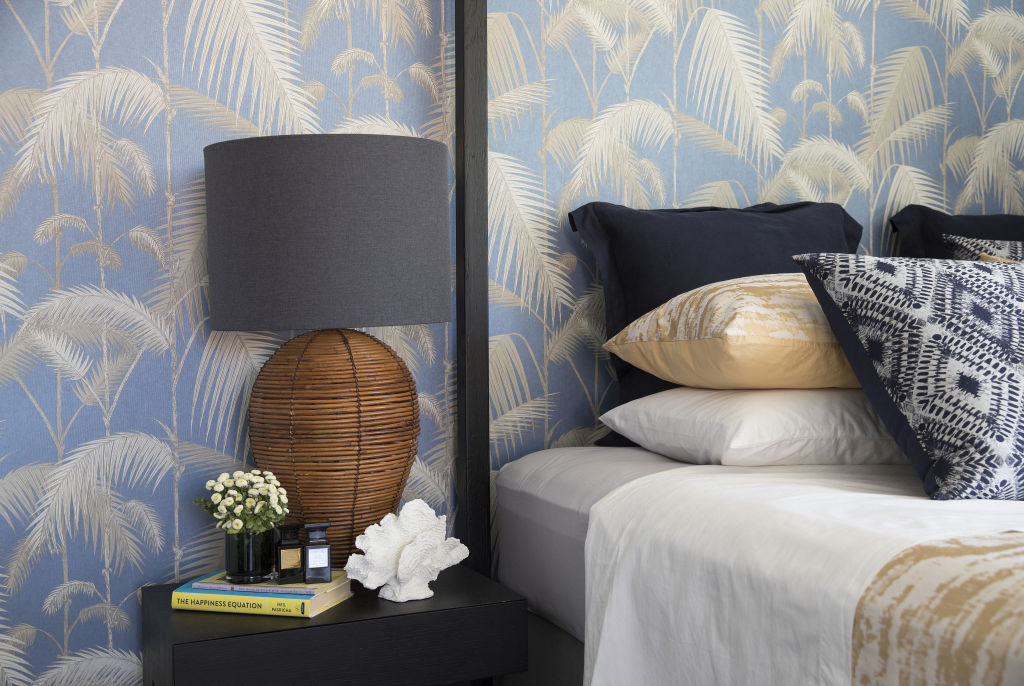
Add elements such as generously stuffed upholstery, aged leathers and timbers and relaxed, crumpled linens, cottons or velvets.
Understanding the design language of the past, of wherever it is you call home, will inform your decision making for future home improvement projects. Research is key to this.
A rural property has a time-honoured design language from its heritage of craftsmanship and an authentic rustic appearance.
Playing to this rustic appeal is wise, though interpreting this in contemporary ways often yields refreshing results.
Colours like forest green in cabinetry can look spectacular, as too can deep charcoals and blacks against a crisp white base.
Handmade and worn or tumbled materials like stone, brick and timber will work well, as will adding more modern or trend-driven finishes, such as metallics.
Think also about the ideal lifestyle that the particular area would support.
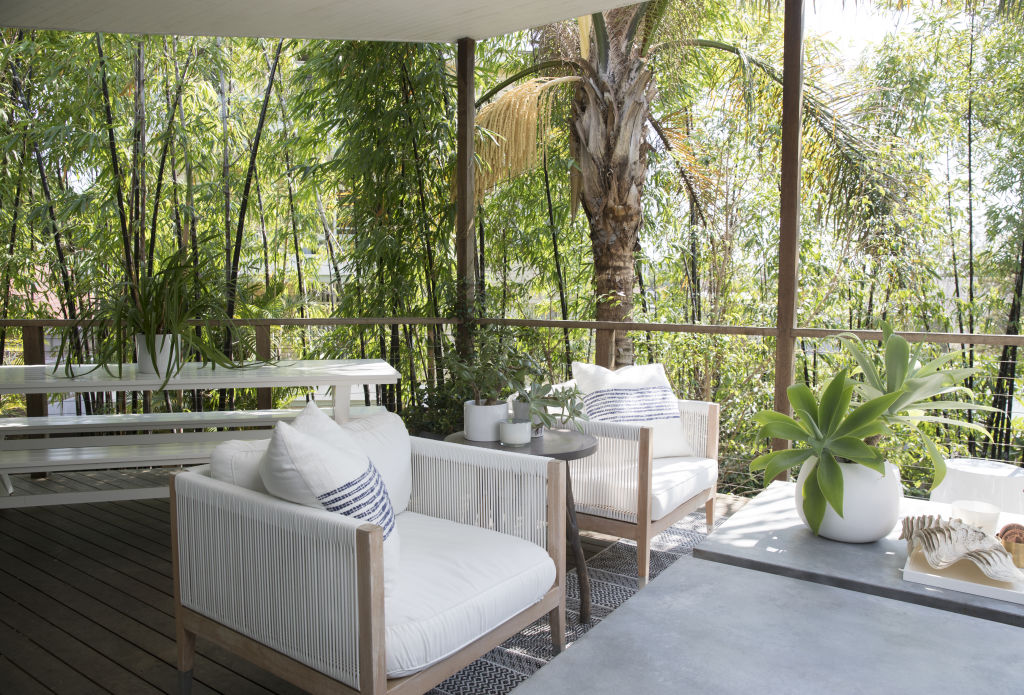
Fast-paced city life is quintessentially shiny and refined. These cues will form the basis of decisions on the aesthetic choices for your city pad, just as a slower, beachside lifestyle might lend itself to a more relaxed interior.
There are so many hints to creating well considered and appropriate interiors just waiting for you to discover outside.
By keeping your eyes open for colours, materials and naturally occurring elements you can find a trove of inspiration from which to build your own, unique approach to your perfect home.
HomeSpace by Darren Palmer (Murdoch Books, RRP $39.99).
We recommend
States
Capital Cities
Capital Cities - Rentals
Popular Areas
Allhomes
More
